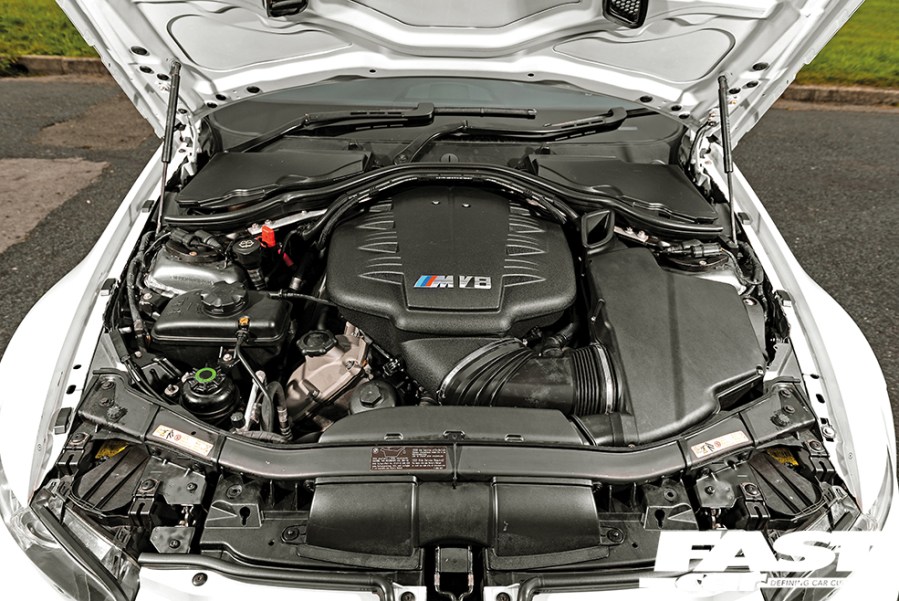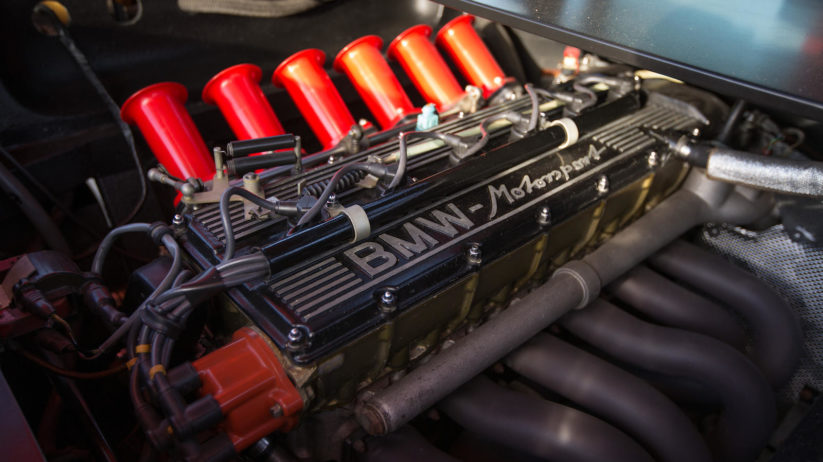A Comprehensive Guide to Understanding BMW Engine Specs
A Comprehensive Guide to Understanding BMW Engine Specs
Blog Article
Discovering the Evolution of Combustion Engines in Modern Transportation Solutions
As we browse the landscape of contemporary transportation, the evolution of burning engines stands as a testimony to human ingenuity and design expertise. The interaction of history, innovation, and environmental issues in shaping the trajectory of burning engines develops a narrative that is both compelling and insightful.
Early Beginnings of Combustion Engines
How did the principle of combustion engines initial arise in the onset of transport advancement? When the principles of inner combustion were initial explored, the roots of combustion engines can be mapped back to the 17th century. In 1673, Christian Huygens conceptualized a fundamental inner combustion engine that used gunpowder to generate power. Nevertheless, it had not been until the late 19th century that useful applications of burning engines in transport began to arise.
The innovation moment came with the innovation of the very first effective gasoline-powered engine by Karl Benz in 1885 - bmw engine. This engine led the way for the advancement of the contemporary car, transforming transport systems worldwide. Succeeding developments by Nikolaus Otto and Gottlieb Daimler additionally refined combustion engine modern technology, bring about the automation of automobiles and the fast expansion of the transport sector
These early combustion engines were characterized by their simpleness and efficiency, laying the foundation for the complicated and powerful engines utilized in contemporary transport systems. The evolution of combustion engines has actually contributed fit the way we travel and transfer items, marking a considerable turning point in the history of transport development.
Transition to Internal Burning Modern Technology
The transition to internal combustion modern technology noted a crucial change in the evolution of transportation systems. This change began in the late 19th century, with innovators like Nikolaus Otto and Gottlieb Daimler developing the initial successful interior burning engines. These engines transformed transportation by providing an extra reliable and powerful option to heavy steam engines and electrical motors.
One of the crucial advantages of internal combustion engines was their capability to be reduced to match cars, causing the growth of autos and motorbikes. This change from large, stationary engines to compact, mobile ones paved the means for the modern transportation systems we see today.
The shift to inner combustion modern technology additionally spurred advancements in gas technology, leading to the advancement of gas and diesel as primary gas resources for lorries. This shift not only made transport more available to the masses but additionally laid the foundation for the oil and gas market to become important to international economies.
Effect of Combustion Engines on Transportation
The fostering of combustion engines in transport systems catalyzed a profound change in the effectiveness and speed of worldwide mobility. Burning engines revolutionized transportation by giving a functional and trustworthy source of power for various automobiles, consisting of cars and trucks, vehicles, planes, and ships. This development dramatically improved the capability for items and people to relocate over long ranges in shorter time frameworks, resulting in enhanced connection between regions and countries.
Additionally, the extensive use combustion engines has had a substantial effect on economic development. The capability to deliver goods successfully has spurred trade and business, permitting services to increase their markets and get to consumers worldwide. This has actually assisted in economic development and globalization, as products can now be delivered quicker and in bigger quantities than in the past.
Nevertheless, the ecological impact of combustion engines can wikipedia reference not be neglected. The burning of nonrenewable fuel sources has brought about air contamination and greenhouse gas exhausts, adding to climate adjustment and posturing wellness threats to populaces. bmw engine. As a result, there is a growing focus on creating alternative propulsion innovations to minimize these adverse effects and develop a more sustainable future for transportation
Developments in Combustion Engine Design
Countless improvements in combustion engine layout have pushed the development of transport systems over the years. One noteworthy development is the advancement of turbocharged engines, which utilize exhaust gases to drive a generator that presses incoming air, permitting even more gas to be charred, causing enhanced power output without a considerable increase in engine dimension. Additionally, direct injection modern technology has actually enhanced gas performance and performance by specifically controlling the amount and timing of fuel infused into the burning chamber. Variable valve timing systems have additionally changed engine layout by optimizing airflow at various engine speeds, enhancing both power and performance. Another substantial development is the integration of light-weight materials such as carbon fiber and aluminum alloys, reducing overall engine weight and enhancing automobile fuel economic climate. Additionally, advancements in computer-aided style have enabled designers to maximize engine performance and efficiency through simulations before physical prototypes are built, conserving time and sources in the development procedure. These innovations collectively add to the constant enhancement of combustion engines in modern-day transportation systems.
Future Patterns in Burning Engine Growth
With technology innovations driving continuous advancement, the image source future of burning engine development is poised to change transportation systems globally. Among the vital patterns in combustion engine growth is the push towards better efficiency and decreased discharges. Producers are investing greatly in research study and advancement to enhance engine efficiency while meeting stringent ecological guidelines. This consists of the integration of sophisticated fuel injection systems, boosted turbocharging approaches, and making use of light-weight products to enhance gas consumption and lower carbon emissions.
An additional noticeable trend is the adoption of hybrid innovations in burning engines. Crossbreed engines integrate conventional combustion technology with electrical power, offering boosted fuel effectiveness and reduced discharges. As the automobile sector shifts in the direction of electrification, crossbreed combustion engines are viewed as a transitional remedy that connects the void in between standard lorries and completely electrical ones.
Furthermore, the combination of wise technologies, such as expert system and information analytics, is anticipated to play a substantial duty in the future of burning engine growth. These innovations can enhance engine performance in real-time, leading to extra reliable combustion procedures and enhanced general car performance. Embracing these future patterns will not just drive technology in burning engine growth however additionally add to an extra environmentally friendly and lasting transport community.

Conclusion
In conclusion, the advancement of burning engines in modern-day transportation systems has actually been noted by substantial innovations in technology and style. From the very early starts of burning engines to the change to inner combustion modern technology, these engines have had an extensive effect on transport.
The origins of combustion engines can be mapped back to the 17th century when the concepts of internal burning were first checked out. These explanation engines transformed transportation by using a more effective and efficient option to steam engines and electric motors.

Report this page